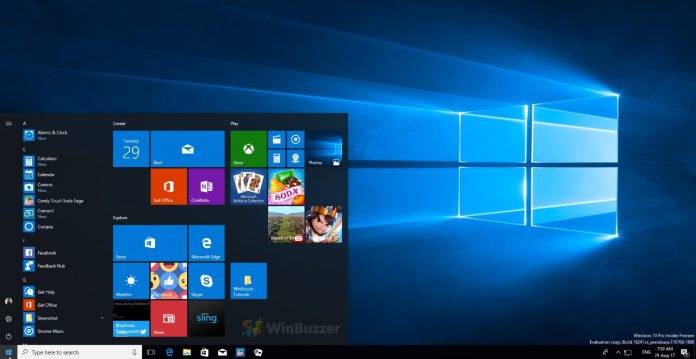Many programs claims to scan a PC for errors for free. However, many will then push PC users to upgrade at a cost to fix any errors that are found. Microsoft is empowering Windows Defender Antivirus to classify these programs and delete them. In a blog post, the company points out these types of “bullying” programs have been increasingly common. They feature coercive and deceiving messages to get unwitting users to upgrade through a paywall. Microsoft says this is a problem and Windows Defender will now deal with it: “To help protect customers from receiving such coercive messaging, we are updating our evaluation criteria to specify that programs must not use alarming or coercive messaging that can put pressure on customers into making a purchase or performing other actions… In the future, programs that display coercive messaging will be classified as unwanted software, detected, and removed.” In an effort to protect customers, Microsoft has changed the evaluation process. Essentially, the company is treating these programs in the same way it would malware. However, in Windows Defender the bullying programs will be classified under unwanted software. Once detected, the programs will be removed.
Unwanted Software
In its blog post, Microsoft clearly defines how the new evaluation process works. Any program displaying misleading messages or pressurizing customers will be flagged in the anti-virus software: “Unwanted behaviors: coercive messaging Programs must not display alarming or coercive messages or misleading content to pressure you into paying for additional services or performing superfluous actions. Software that coerces users may display the following characteristics, among others:
Reports errors in an exaggerated or alarming manner about the user’s system and requires the user to pay for fixing the errors or issues monetarily or by performing other actions such as taking a survey, downloading a file, signing up for a newsletter, etc. Suggests that no other actions will correct the reported errors or issues Requires the user to act within a limited period of time to get the purported issue resolved”




